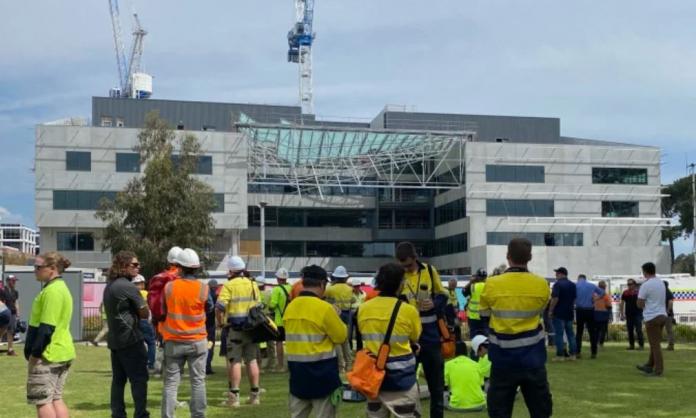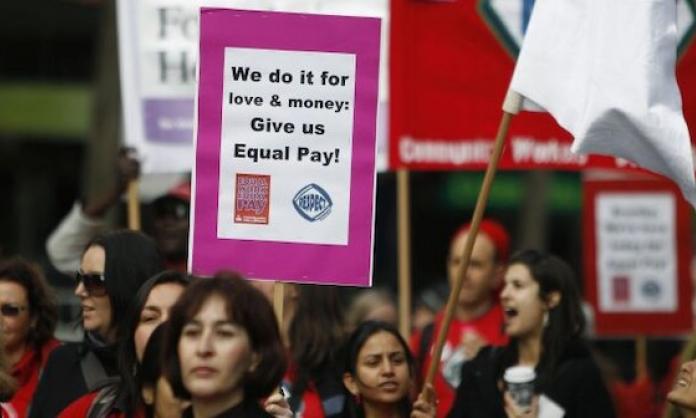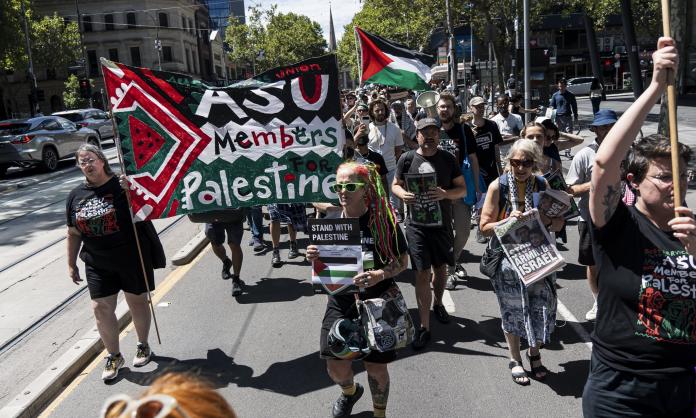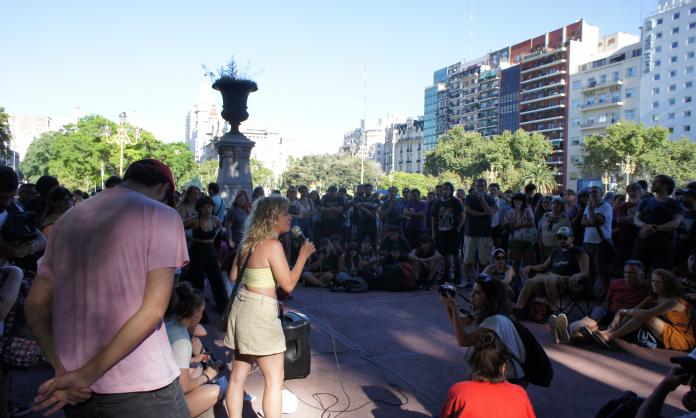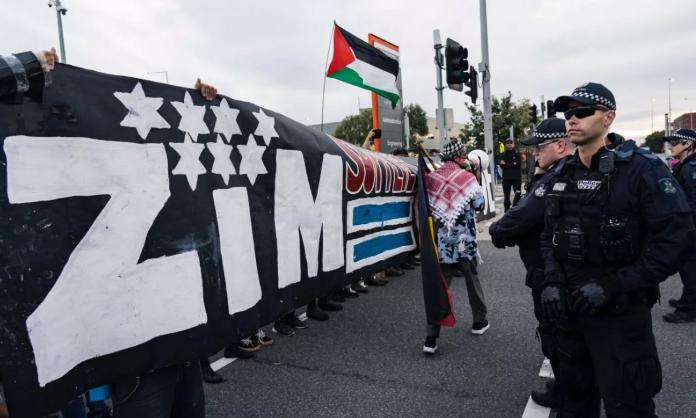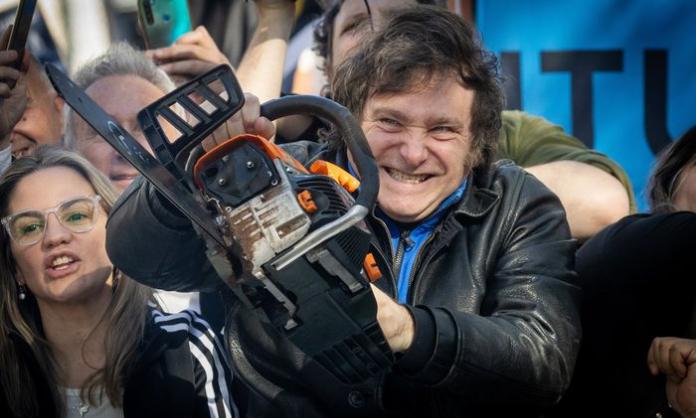On Tuesday of last week, I was working at home from my job at Curtin University, when, just after lunchtime, I saw a link shared in a WhatsApp group: “At least one dead as building collapses at Curtin University”. A coworker said that they had heard sirens on campus, but assumed it was a fire drill. The entire glass atrium ceiling of a new $100 million building had collapsed, sending 23 year old apprentice Jonnie Hartshorn plunging 20 metres to his death.
Two coworkers were hospitalised. One spent time in intensive care, his life hanging in the balance. Had the incident occurred 5 or 10 minutes earlier, dozens who had been on their lunch break could have been injured or killed. On the morning of the collapse, Curtin staff members were inside the building, which was nearing fit-out stage. That afternoon, the campus was a disaster zone: cops, ambulances, firefighters, unionists, Worksafe inspectors, journalists, and helicopters flying overhead to capture the horrific footage for the nightly news.
This was no mere “accident on campus”, as the heading for the Vice Chancellor’s note to staff appallingly read. It was industrial murder.
Curtin had contracted Lendlease–a firm known for its aggressive anti-union policies–to construct its new School of Design and the Built Environment. Curtin’s website boasts of an “intense period of construction” for the whole of this year.
Warnings were given. Electrical Trades' Union organiser Damian Clancey, who saw the catastrophe, told WA Today that there was “a level of tolerance that [management] were going to accept.” Many workers, he said, had “expressed concerns”, and that prioer to the accident, “Lendlease was well aware of an issue to the point where they brought a surveyor out here last week to determine the levels of sag in the steel after they put about half of the glass up. They had reached their limit and hadn’t loaded all their glass. You’d think you’d stop then, wouldn’t you?” A former contractor told the West Australian that he refused to work under the glass roof for his own safety because it was “visibly sagging...I’m talking about 80mm deflection...it was crazy”.
According to Damian Clancey, the level of sag in the steelwork had already reached its recommended tolerance of around 40mm when only half the glass had gone up. The green light was given for work to continue.
When safety warnings are ignored to allow an "intense period of construction", then a deadly collapse is no mere "accident".
With Hartshorn’s body buried in rubble overnight, Curtin University’s callousness became apparent: the next day’s classes were to go ahead. The message “no staff and students were injured” hit a terrible note: who was dead, then? Why are the lives of “tradies” of less interest than the staff and students who use the university’s buildings?
Two days later, the Vice Chancellor’s blog had moved to talking about the Voluntary Redundancy Programme. Interim VC John Cordery was “encouraged by the number of applications that were received”.
“Safety is Lendlease’s highest priority”, the company claimed in a statement following the disaster. Curtin, too projects a safety-first image: the day before the building collapsed, the “Staff News” intranet site urged us to “Join National Safe Work Month”. Yet the mighty dollar takes priority above workers’ lives. Warnings about the dangerous site appear to have been ignored.
Incredibly, subcontractor CareerBoss’s workers–people who had worked alongside Hartshorn–were emailed on the evening of his death announcing that they were all “stood down…immediately until further notice”. While workers were supporting each other, and union officials arranging counselling and making sure everyone got home safely, all the bosses could think about was money. Only a public fuss from the construction union got them redeployed.
The horrific incident took place two days before the fiftieth anniversary of Melbourne’s West Gate bridge collapse, when 35 workers were killed. The parallels are haunting. Survivor and lifelong unionist Tommy Watson was 23 when that bridge came down – the same age as Hartshorn. He recounted that the bridge collapsed on a Thursday; on the following Tuesday, 550 workers got sacked. Disgustingly, a Royal Commission into the incident allocated partial blame to the unionists themselves.
It keeps happening, and as union power continues to weaken, safety gets worse. In 2020, with all the amazing technology and knowledge we possess, you can go to work on a big site (even a unionised one) on a public university or a capital city and never come home. Four days before the Curtin incident, Lendlease were fined $420 000 for the preventable death or grandfather of six James Adams on six on Sydney’s NorthConnex project in 2017. That same year 17-year-old Wesley Ballantine was killed in the finishing stages of the H&M clothing store in Perth’s CBD. The Pilbara iron ore industry – which drives the Australian economy – has a terrible record of workplace deaths. The list could go on and on.
Workers are all just disposable commodities to the boss. Our bosses have formidable weapons on their side: the law, economic power, armies of management spinners. All we have is each other and our power to organise




